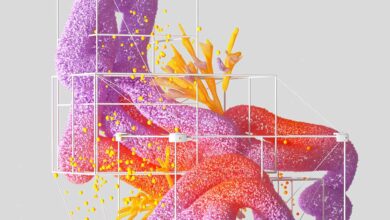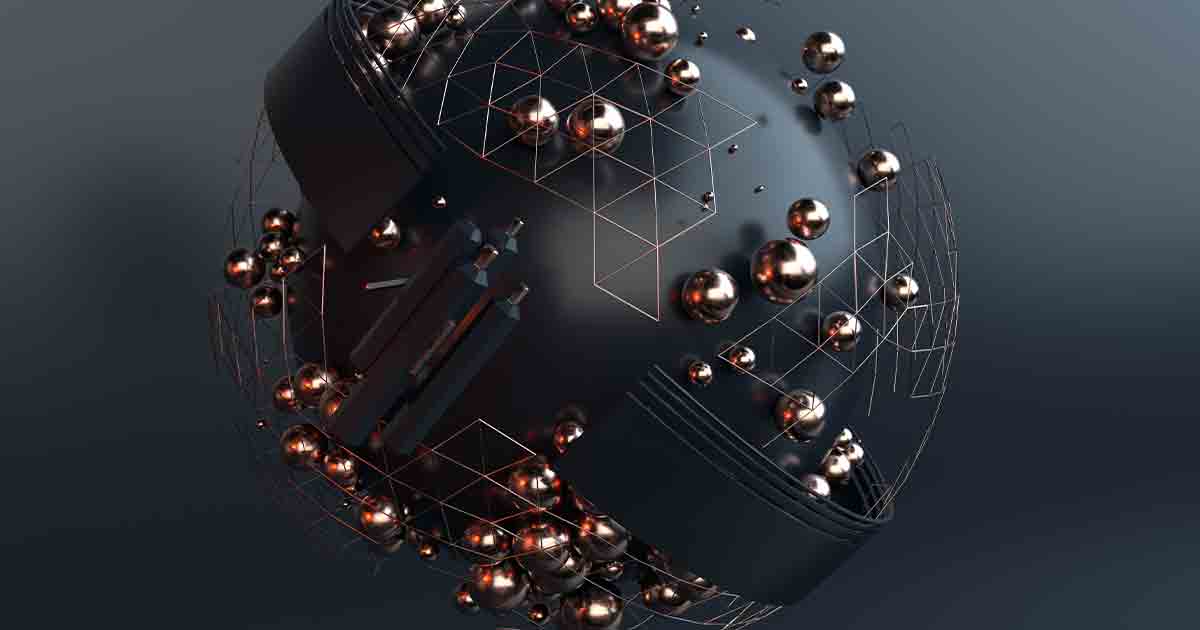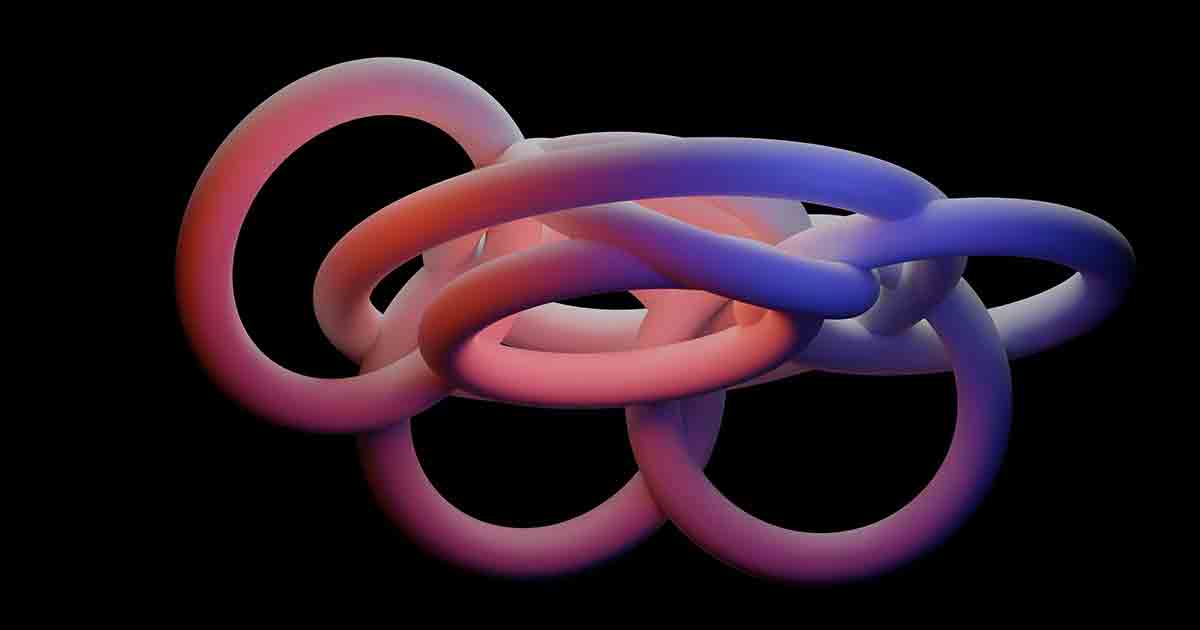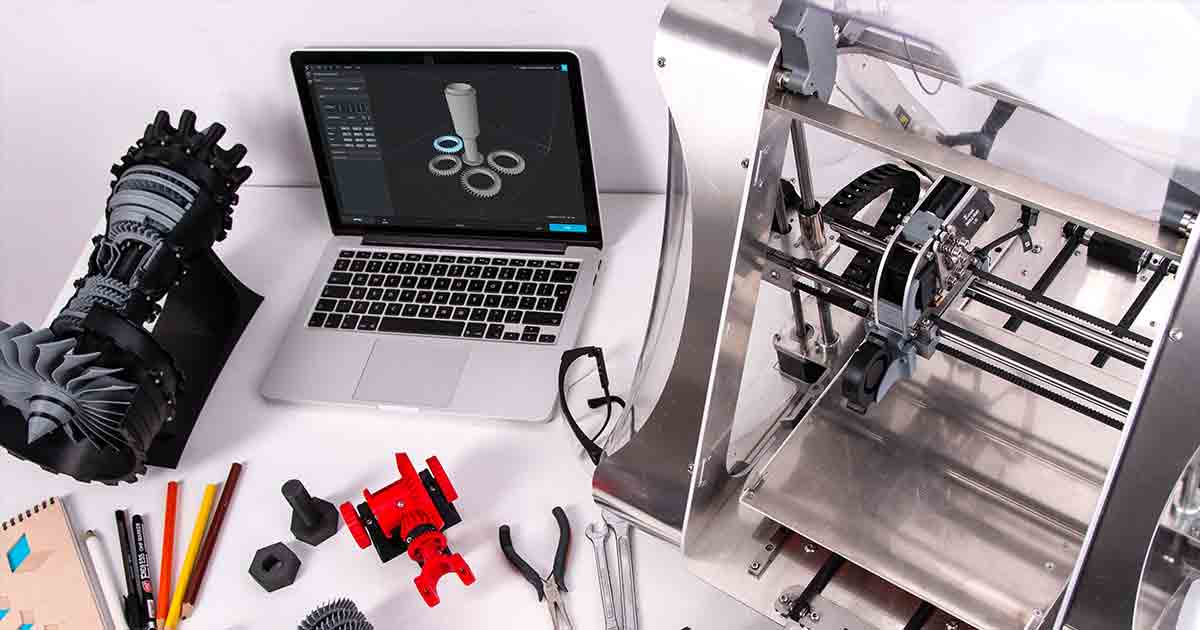Achieving Photorealistic 3D Models
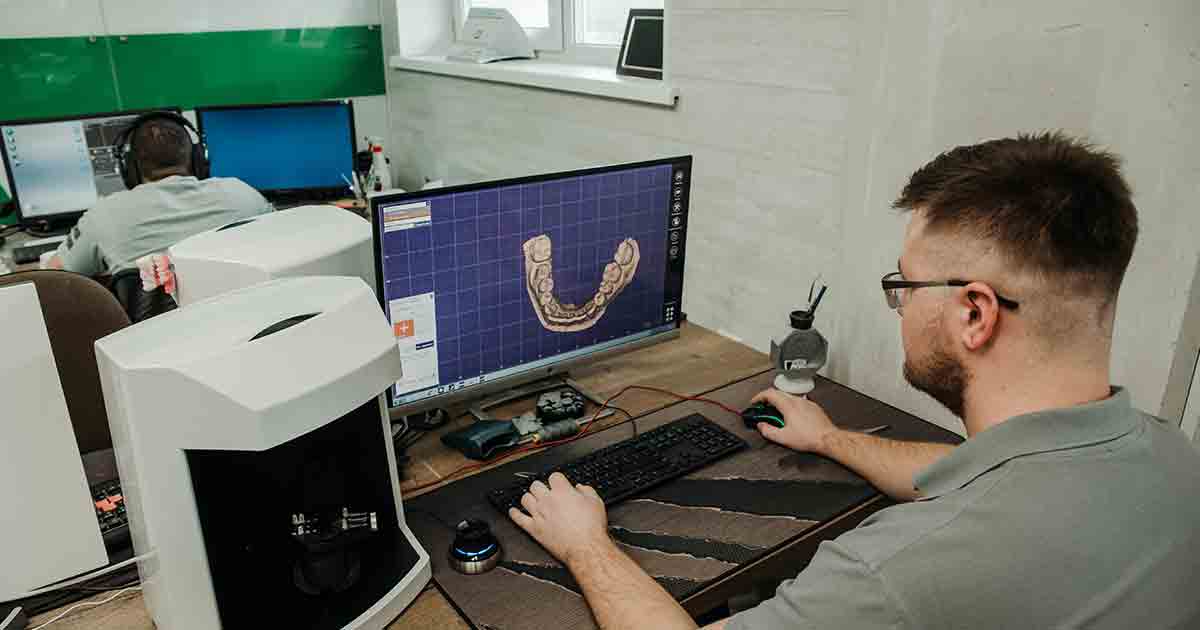
Advanced Techniques for Achieving Photorealistic 3D Models
Achieving Photorealistic 3D Models
Introduction
In 3D modeling, the quest for achieving Photorealism is a constant endeavor.
Creating virtual objects and environments indistinguishable from reality requires combining technical expertise and artistic skill.
This article explores advanced techniques that can help artists and designers elevate their 3D models to additional levels of realism and immersion.
Understanding Photorealism in 3D Models
Photorealism in 3D models refers to the ability to create digital representations that closely resemble real-world objects and scenes.
It involves capturing and replicating intricate details, textures, lighting, and shading with utmost accuracy.
The goal is to create virtual environments that are visually convincing and evoke a sense of believability.
Importance of Photorealistic 3D Models
Photorealistic 3D models find applications in various industries, including gaming, film and animation, architecture, product design, and advertising.
They enable designers to showcase their creations realistically, helping clients and audiences visualize the end product before it is physically produced.
Photorealism adds credibility and appeal to virtual experiences, making them more engaging and immersive.
Advanced Lighting Techniques
Lighting plays a crucial role in achieving Photorealism in 3D models.
Advanced lighting techniques such as global illumination, physically based rendering, and high-dynamic-range lighting can significantly enhance the realism of a scene.
These techniques simulate the behavior of light in the real world, resulting in accurate shadows, reflections, and highlights.
Material and Texture Creation
Creating realistic materials and textures is essential for achieving photorealistic 3D models.
Artists use advanced texture mapping techniques, including standard, displacement, and specular mapping, to add depth, surface details, and object reflectivity.
Procedural texture generation can also create complex and realistic materials.
High-Resolution Texturing
High-resolution textures are often used in photorealistic 3D models to capture intricate details.
These textures contain a wealth of information, enabling the rendering engine to accurately reproduce fine details such as pores on a character’s skin or imperfections on a surface.
High-resolution texturing can significantly enhance the visual fidelity of a model.
Realistic Rendering Engines
Choosing the right rendering engine is crucial for achieving photorealistic results.
Modern rendering engines such as Arnold, V-Ray, and OctaneRender offer advanced features and capabilities that enable realistic lighting, shading, and rendering.
These engines use physically based rendering algorithms and advanced material systems to achieve high levels of realism.
Photogrammetry and 3D Scanning
Photogrammetry and 3D Scanning are techniques used to capture real-world objects and environments and convert them into 3D models.
By capturing precise geometry and textures from photographs or scans, artists can achieve high realism in their digital models.
This approach is beneficial when recreating real-world locations or objects.
Procedural Generation
Procedural generation is a powerful technique for creating complex and realistic 3D models.
It involves using algorithms and mathematical functions to generate geometry, textures, and other elements automatically.
Procedural generation allows for the creation of large-scale environments with intricate details, making it an efficient method for achieving Photorealism.
Detailing and Fine-Tuning
Attending to minor details and fine-tuning is crucial for achieving photorealistic 3D models.
Artists meticulously add imperfections, wear and tear, and subtle variations to objects and surfaces.
Paying close attention to details adds an element of authenticity to the models and enhances the overall realism of the scene.
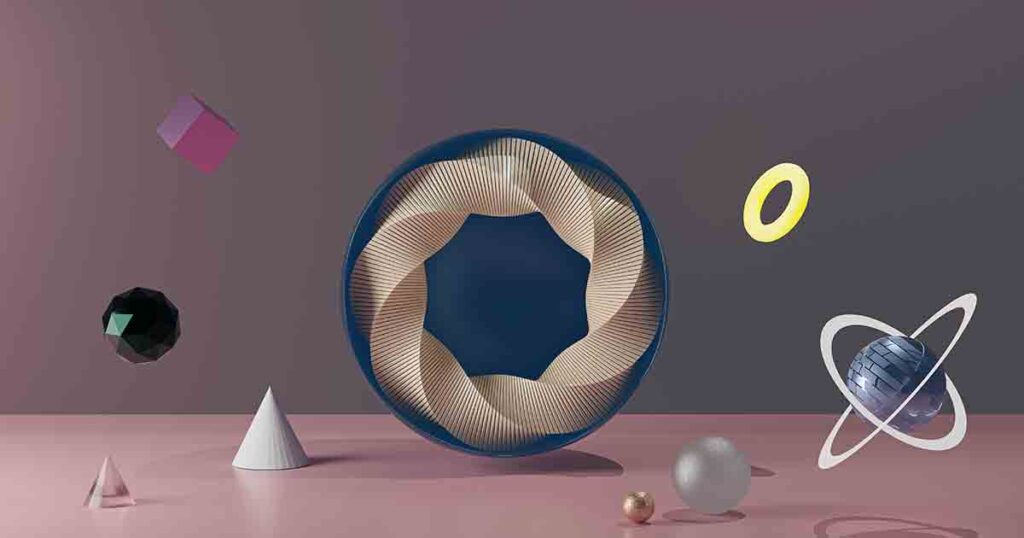
Post-Processing and Compositing
Post-processing and compositing are essential steps in the production of photorealistic 3D models.
Artists use color grading, depth of field, motion blur, and lens effects to enhance the ultimate image.
Compositing allows for the integration of distinct elements, such as 3D models, live footage, and visual effects, to create a seamless and cohesive composition.
Optimization for Real-Time Applications
Optimization is crucial in real-time applications such as video games and virtual reality to maintain high visual fidelity while ensuring smooth performance.
Artists and developers employ techniques like LOD (level of detail) optimization, texture atlasing, and efficient rendering algorithms to achieve realism and real-time interactivity.
Challenges and Considerations
Achieving Photorealism in 3D models comes with its fair share of challenges.
The computational requirements for rendering highly detailed scenes can be demanding.
Artists must consider rendering time, file size, and compatibility with different platforms.
Balancing realism with performance is a constant challenge that requires careful optimization and artistic decision-making.
Conclusion
Creating photorealistic 3D models is a complex yet rewarding process.
By employing advanced techniques such as advanced lighting, material, and texture creation, high-resolution texturing, and realistic rendering engines, artists can push the boundaries of realism in their digital creations.
However, it is vital to consider the challenges and optimizations required to achieve both visual fidelity and real-time performance.
FAQs
Q: What is Photorealism in 3D modeling?
A: Photorealism in 3D modeling involves creating digital representations closely resembling real-world objects and scenes, achieving high visual realism.
Q: Why are photorealistic 3D models important?
A: Photorealistic 3D models find applications in various industries and enable designers to showcase their creations realistically, enhancing visual appeal and engagement.
Q: What are some advanced lighting techniques used for photorealistic 3D models?
A: Advanced lighting techniques include global illumination, physically based rendering, and high-dynamic-range lighting, which simulate real-world light behavior.
Q: How can post-processing enhance photorealistic 3D models?
A: Post-processing techniques such as color grading, depth of field, and motion blur can enhance the ultimate image and contribute to the overall realism of the scene.
Q: What challenges are involved in achieving Photorealism in 3D models?
A: Challenges include computational requirements, optimization for real-time applications, file size considerations, and balancing realism with performance.
